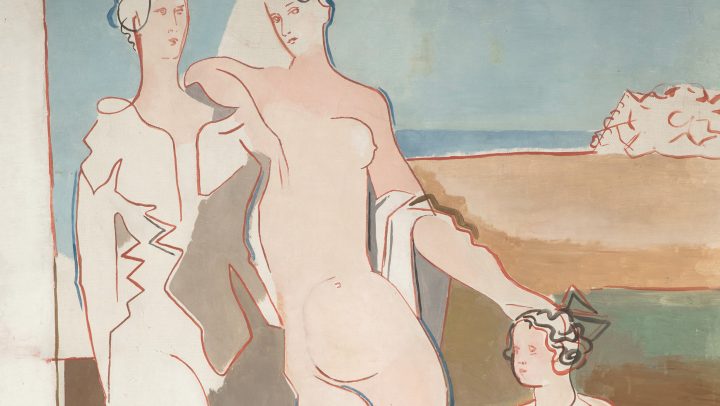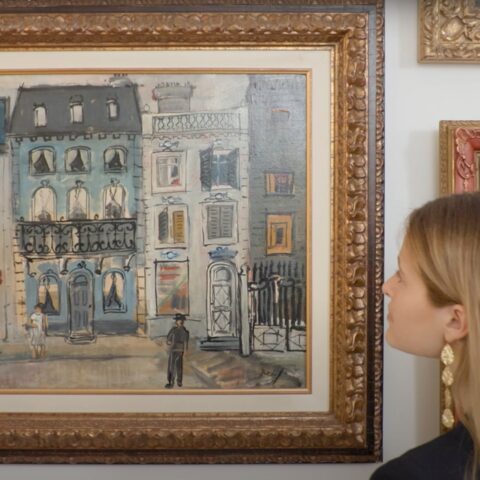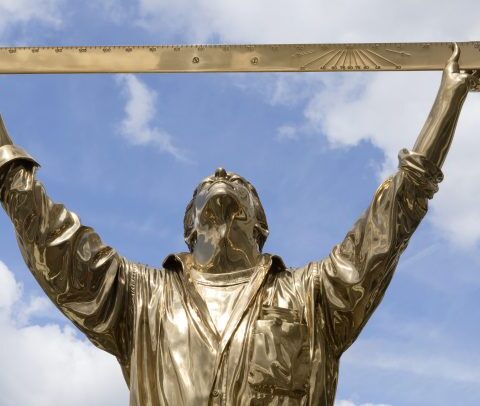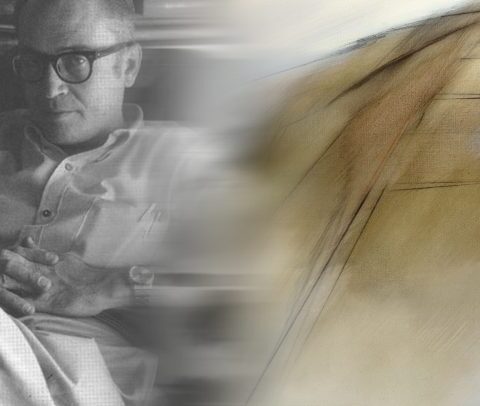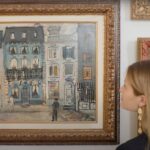A large number of Spanish artists, whose beginnings are closely linked to the genius of Malaga, gathered around the figure of Picasso in Paris. One of the most notable cases is that of Pere Pruna, whose success and recognition will forever be linked to the personal and professional bond with his friend and mentor Pablo Picasso.
In 1921, when she was only 17 years old and with little training, Pruna decided to settle in Paris, a city that would offer her, thanks to the letter written by Sebastia Sunyer, the opportunity to meet Pablo Picasso. The good feeling between the two artists was evident almost immediately, to the point of becoming the guide of his first steps in the art capital that was, at that time, Paris. After observing the work of Pruna, Picasso did not hesitate to recognize the talent of this young artist , who immediately put him in contact with his own dealers. Among them was Andre Lebel, who as director of the Galerie Percier agreed to represent the Catalan painter. As a result of this first collaboration that took place in 1924 , the germ of a golden stage in the production of Pruna would be born that would lead it to achieve resounding international success . Thus, Picasso’s support during these years was decisive for Pruna, who under his protection was integrated into the artistic and intellectual circles of the Parisian city until he founded, along with such prominent figures as Jean Cocteau, the magazine Philosophie. In fact, the close bond they forged led Cocteau and Picasso himself to become Pere Pruna’s best man at his wedding.
Already in his first exhibition at the Galerie Percier in 1924, Pruna’s work shows us to what extent the influence of Pablo Picasso, who at that time was immersed in his “classicist” period, was decisive. In fact, in the totality of the production made in Paris during the 20’s, this Picasso’s imprint, so evident in works such as the one we present here, will remain latent.
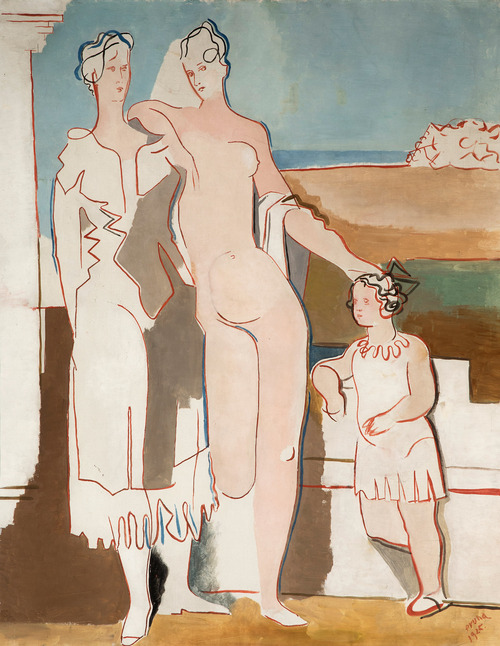
Without a doubt, the stylization and delicacy that emerges from it It takes us completely to the Picasso of the pink and neoclassical period, but it also lets us glimpse a certain parallelism with the Italian Novecento. whose representatives wanted to renew Italian art by linking their work with that of the great masters of the Renaissance. In this aspect, Pruna approaches in this work to the Italians in the metaphysical aspects related to the Platonic ideal of perfection, and that takes him away from our plane of existence to give light to a scenario imbued by an atmosphere certainly mysterious and even dreamlike.
The female figure, which acts as a common thread between Pruna’s different creative stages, is also the absolute protagonist of this composition in which the painter constructs an image of classical heritage dominated by a placid, static and contemplative atmosphere where the female body moves away from any erotic conception and brings us closer to an arcadian vision closer to the ancient representation of the sacred than to the capture of a real scene.
Likewise, the aesthetic complicities with Picasso and his period known by critics as the “Pink Period” will mark the future of painters who, like Pruna, joined the classicist current of Mediterranean roots that burst into Western art after the first avant-garde wave. In this sense, the figures will stand out for a graceful and stylized femininity that is clearly based on the delicacy, tenderness and sobriety that Picasso stamped on his works of the time. However, the classical heritage but synthetic in its forms, reduced as we see to its maximum essence, refers us to Matisse’s vision in its aesthetic simplification .
Despite the undeniable influences that Pruna adopted, his work has a singular character, the result of a particular way of interpreting neoclassical serenity in which the use of a harmonic chromatism without stridency is intermingled with a formal purification in which he found the essence of true beauty.

